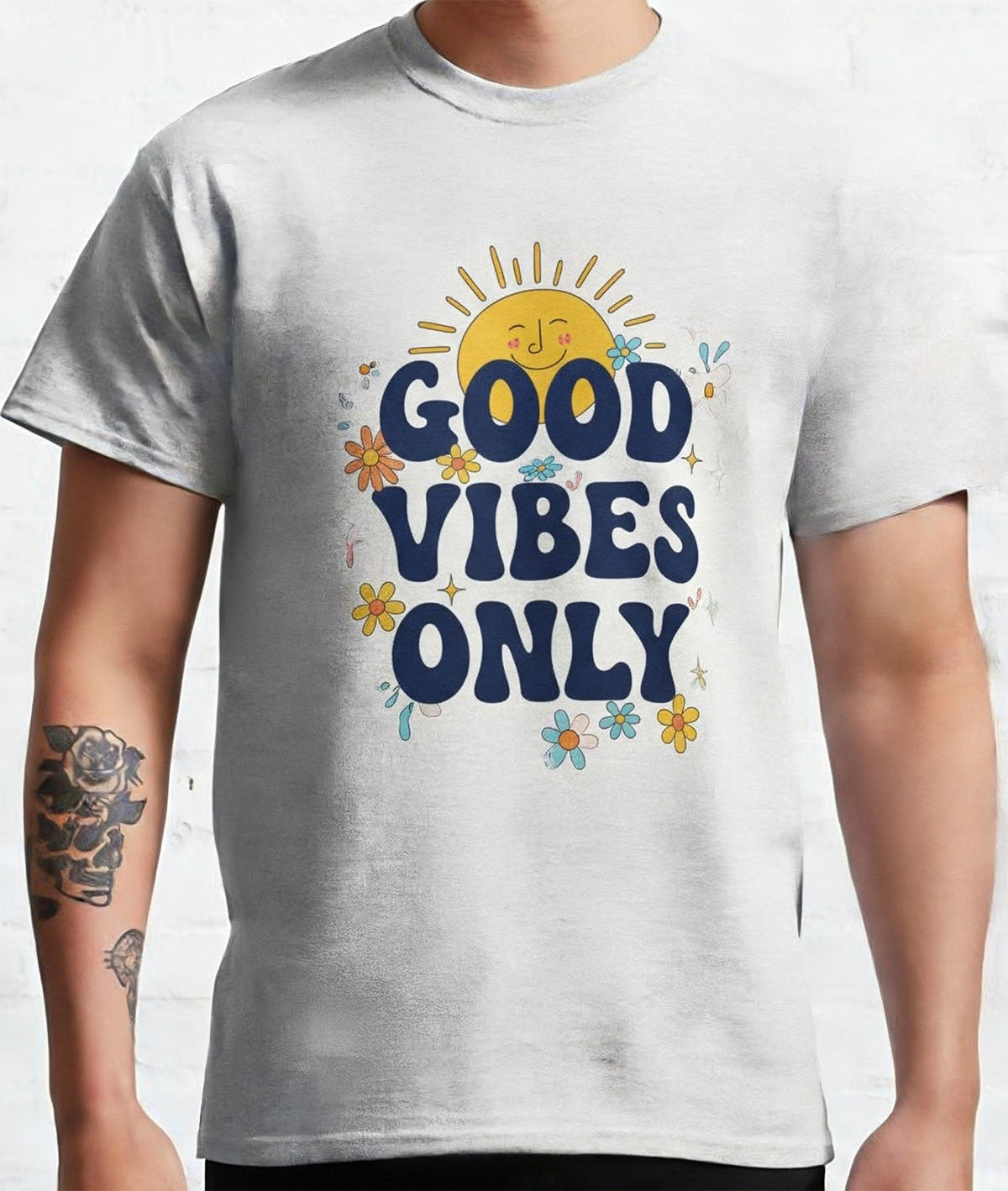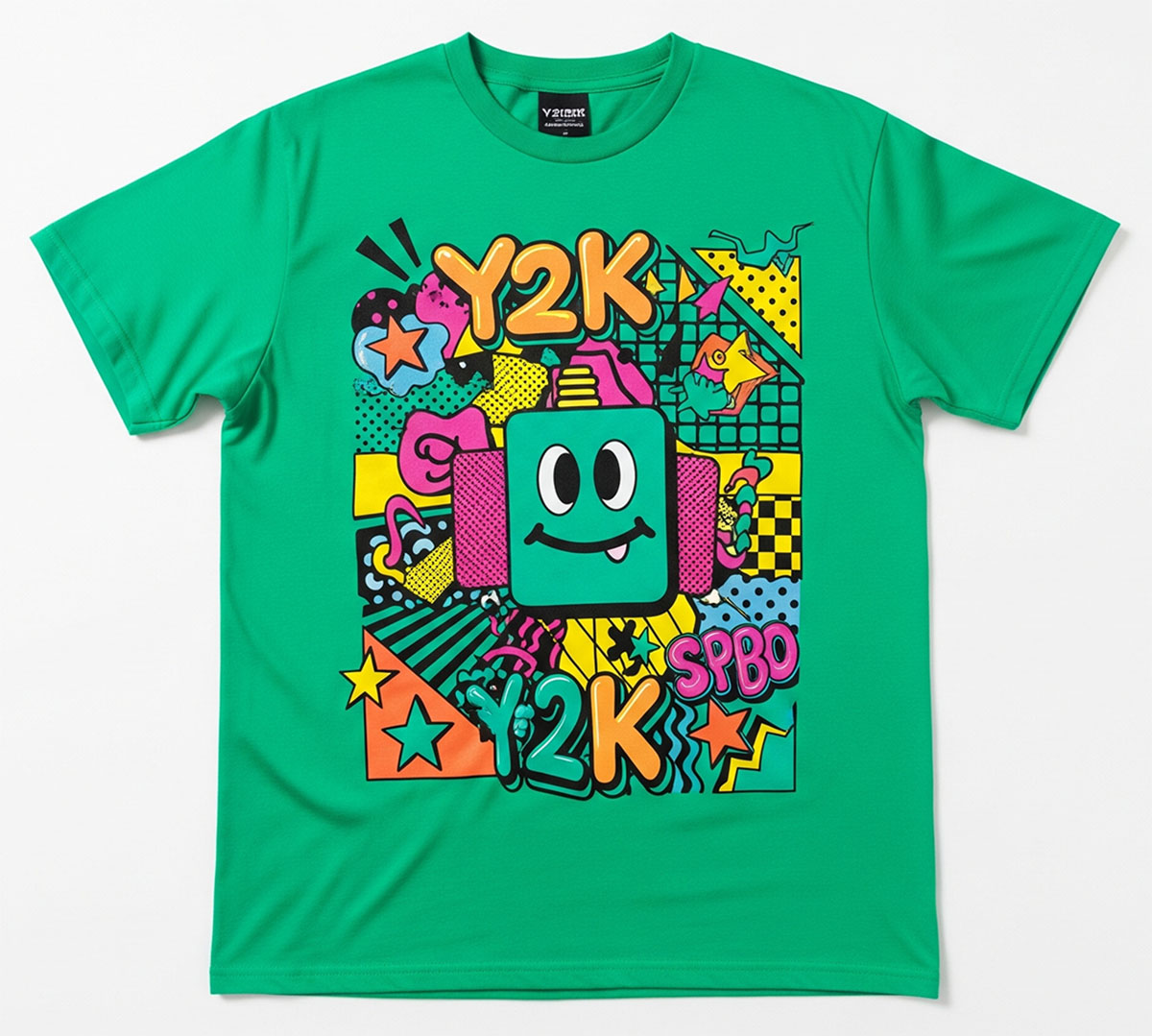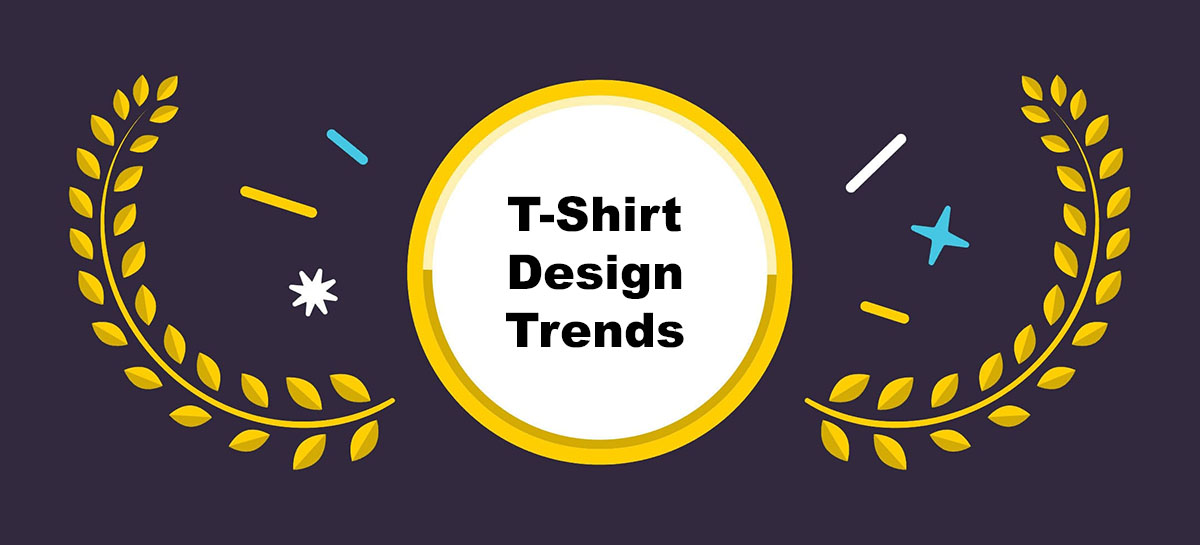I’ve worked with enough POD brands to spot a pattern.
Most people start with the wrong approach. They’re chasing cool graphics, random quotes, or what they think looks nice — but they’re not asking the right question:
What actually sells?
That’s what this guide is about. I’m not here to tell you what looks good. I’m here to show you what’s working across Etsy, Shopify, TikTok, and Amazon — and how you can use that to grow a profitable POD business.
Niche Designs Sell Way More Than Broad “Trendy” Stuff
One of the most common mistakes I see: people go broad.
They’ll upload shirts with phrases like “Be Kind” or “Good Vibes Only” and wonder why nothing’s converting. The answer’s simple — no one connects with generic.

What works are specific niches. T-shirts that speak directly to a clear identity or community.
Current High-Performing Niches:
| Niche | Why It Works | Examples |
|---|---|---|
| Dog Breed Specific | Pet owners are proud and emotional buyers | “Pug Mom”, “German Shepherd Security Team” |
| Skilled Trades | Blue-collar pride, job-focused gifting | “Welders Do It With Precision” |
| Mental Health / Self-Care | TikTok-viral, relatable | “Social Battery: 1%” |
| Hobby Addicts | High passion + easy giftability | “Knitting Is My Therapy” |
| Political/Activism | Controversy sells | “Eat the Rich” |
What I tell every client: pick one group of people and give them what they already want to say.
Simple, Text-Based Shirts Still Dominate
This isn’t just a trend — it’s a long-term strategy. Text-based shirts continue to drive consistent sales across platforms, especially in evergreen niches.
They’re faster to produce, cheaper to test, and easier to market.
The appeal is simplicity. These shirts are:
- Easy to read at a glance — critical on scroll-heavy platforms like TikTok and Instagram
- Cost-effective to produce — no need for expensive illustrations or licensing
- Flexible across shirt colours — white or black text looks clean on most backgrounds
- Fast to mock up — great for A/B testing and rapid design iteration
You don’t need to reinvent the wheel here. Most of the top-performing designs I’ve seen use basic layout principles and punchy phrases.
These Styles Sell Best:
- Bold, uppercase sans serif fonts (think: Impact, Bebas Neue)
- Handwritten or script fonts in feminine or lifestyle niches
- White or black text on washed or vintage-style fabric
- Short copy — typically 2 to 4 words max
- Centered, oversized placement on the chest for high visibility
The golden rule here is speed: people decide whether they like a shirt in seconds. If they have to stop and think about what it means, you’ve already lost them.
Retro, Vintage and Y2K Are Dominating Gen Z Sales
Right now, Gen Z is driving most of the visual trends in POD — and nostalgia is at the centre of it.
This generation gravitates toward designs that remind them of early 2000s culture, late 90s fashion, and the pre-smartphone era. It’s emotional, it’s aesthetic, and it sells like crazy.
What’s Driving Sales in This Category:
- Y2K graphics: Think barbed wire, butterflies, flames, and over-the-top sparkle
- 90s fonts + clipart: Cheesy on purpose — pixel icons, bold strokes, glitch text
- Vintage 70s fonts: Soft curves, rainbow palettes, earthy tones
- Faded/distressed effects: Designs that look cracked or worn on purpose
- Old band tee style: Big names in grunge-style fonts, even for non-music niches
This isn’t a gimmick. There are full stores on Etsy and Amazon built entirely around this vibe pulling six figures monthly.
They keep rotating in fresh phrases but lean heavily on the same visual base — distressed fonts, retro palettes, and clean mockups.

If you want to compete in this space, pay attention to the texture and tone. Even small details like shirt colour or font outline can make or break the retro feel.
Mental Health Tees Are Still Hot — But Getting More Subtle
A few years back, mental health messages were everywhere — but lately, the style has shifted. Today’s buyers don’t want preachy messages. They want relatability. Something they’d wear without feeling like a walking TED Talk.
The best-selling shirts in this space don’t lecture. They either make people laugh or say something thoughtful in a casual, under-the-radar way.
What Works Right Now:
- Self-deprecating humour:
“Social Battery: 1%”
“Emotionally Over It”
“Thriving (barely)” - Visual metaphors:
Melting smiley faces
Empty battery icons
Ghosts with sad faces - Casual affirmations:
“Rest is Productive”
“Overthinking Club”
“Healing in Progress” - Soft design cues:
Pastel palettes
Handwritten fonts
Minimalist layout, no borders or loud colours
What you’re aiming for is vibe over statement. Let the shirt feel wearable — something someone would throw on while running errands or hanging out with friends. Avoid anything that feels too clinical or forced.
Graphic Tees Are Evolving — AI Art, Collages, and Surrealism
Graphic tees are still viable, but the bar is much higher. A good illustration isn’t enough anymore. People want designs that stop them mid-scroll.
That’s where AI art and surrealist visuals are thriving. These designs grab attention because they’re weird, striking, or hyper-detailed — and that makes them highly shareable.
Niches That Work Well with Graphic Art:
- Fantasy and Fictional Worlds: Dragons, wizards, cyberpunk cities
- Psychedelic/Abstract: Colour blends, surreal creatures, optical illusions
- Nature-based themes: Cosmic forests, animal hybrids, trippy wildlife
These types of designs are especially good for platforms that reward visual novelty — TikTok, Instagram, and Redbubble being the top three.
Where Graphic Tees Work Best:
| Platform | Audience | Why It Works |
|---|---|---|
| Etsy | Gen Z, indie buyers | Unique feel, custom and handmade appeal |
| Redbubble | Art fans, niche buyers | Built for illustrations, easy to upload volume |
| TikTok | Impulse scrollers | Short-form video gives surreal designs power |
If you’re using tools like Midjourney, DALL·E, or Adobe Firefly, you can generate art fast and license-free. That said, without a niche or story behind your brand, it’s hard to build long-term loyalty around just graphics alone.
Statement Tees Around Identity Are Still Performing
Identity sells — always has, always will.
The reason is simple: people love to wear shirts that say who they are, or at least who they think they are. It’s not just about making a statement — it’s about self-expression.
The best designs in this space are bold, unapologetic, and crystal clear. There’s no guessing what the message is.
Popular Angles That Are Working:
- Cultural or political takes:
“De-growth Capitalist”
“Plant More Than Profits”
“Local Over Global” - Relatable burnout culture:
“Unapologetically Tired”
“I’m Booked (and Exhausted)”
“Mentally Out of Office” - Snarky humour:
“Anti-Social Butterfly”
“I Work Better Alone”
“Therapy Is Expensive”
These aren’t “safe” designs. They’re not trying to please everyone — and that’s what makes them powerful. If you’re selling to a niche that values identity, don’t dilute the message. Go all in.
Just be prepared: strong identity shirts can go viral fast, but they can also draw criticism. That’s fine. The engagement drives sales.
TikTok Is Still the #1 Source of Trend Discovery
No platform is shaping t-shirt design trends faster than TikTok. And it’s not even close.
Trends used to come from Pinterest boards or fashion blogs. Now? They’re made in the comments section of a 15-second video. And if you’re not tuned in, you’re already behind.
How to Use TikTok for Real-Time Trend Insights:
- Search for hashtags like #tshirtdesign, #podstore, and #Etsyfinds
- Watch what kinds of shirts are getting saved, stitched, and duetted
- Look for patterns — is the same phrase or style showing up repeatedly?
- Pay attention to how creators style the shirts in videos
- Screenshot or save any mockups or real orders that get strong reactions
TikTok is especially useful for text-based or identity-driven tees. The viral reach is unmatched, and you can test a design concept for under £10 with boosted posts.
If a mockup video starts pulling likes and saves fast, you’ve got a winner. Run with it.
Print-on-Demand Design Testing Tips
Design testing doesn’t have to be complicated — but skipping this step is what kills most POD stores before they ever get traction.
Before you invest time and money into one idea, validate it. Here’s a simple structure I recommend to all clients.
Low-Risk Design Validation Checklist:
- Create 3–5 mockups per concept
- Upload to at least 2 marketplaces (e.g. Etsy + Redbubble)
- Post on TikTok or IG Reels with trending sounds
- Boost $5–$10 per post and monitor engagement
- Track these signals:
- Saves (buying intent)
- Shares (relatability)
- Comments (emotional reaction)
- Compare formats:
- Text-only vs. Graphic
- Bold vs. subtle layouts
- Colour vs. black-and-white
The goal isn’t to go viral right away. It’s to gather enough data to double down on what’s working. One or two winning designs can turn into a whole product line.
If a design flops, scrap it fast. That’s the beauty of POD — low risk, fast iteration.
Final Word: What Actually Works in Print-on-Demand Right Now
If you’re planning to grow a print-on-demand brand, whether you’re just starting or already scaling, it’s important to focus on what’s proven — not what looks exciting in theory.
Chasing design trends without testing, or relying on personal taste, leads to wasted time and missed sales. The brands that see results are the ones that stick to a clear process and make decisions based on real buyer behaviour.
Here’s what I recommend to every client:
- Choose a specific niche and stick with it.
Trying to appeal to everyone makes it harder to stand out. Focus on a well-defined audience with clear interests — they convert faster and come back more often. - Keep your designs bold, clear, and easy to read.
If someone has to stop and think about what your shirt says, they’ll scroll past. Simple, high-contrast designs consistently perform better. - Pay attention to TikTok.
It’s still the fastest way to see what people are engaging with — from trending phrases to popular visuals and styles. Use it to stay ahead of the curve. - Test designs in small batches before scaling.
Use mockups, short videos, and low-budget ads to see what gets clicks and saves. It’s faster and more cost-effective than launching blindly.
What separates the brands that grow from the ones that stall isn’t luck — it’s a clear, data-driven approach. The best designs are the ones that people connect with, not necessarily the ones you’re most proud of.
Success in POD doesn’t come from guessing. It comes from listening to your audience and making decisions that reflect what they actually want.






